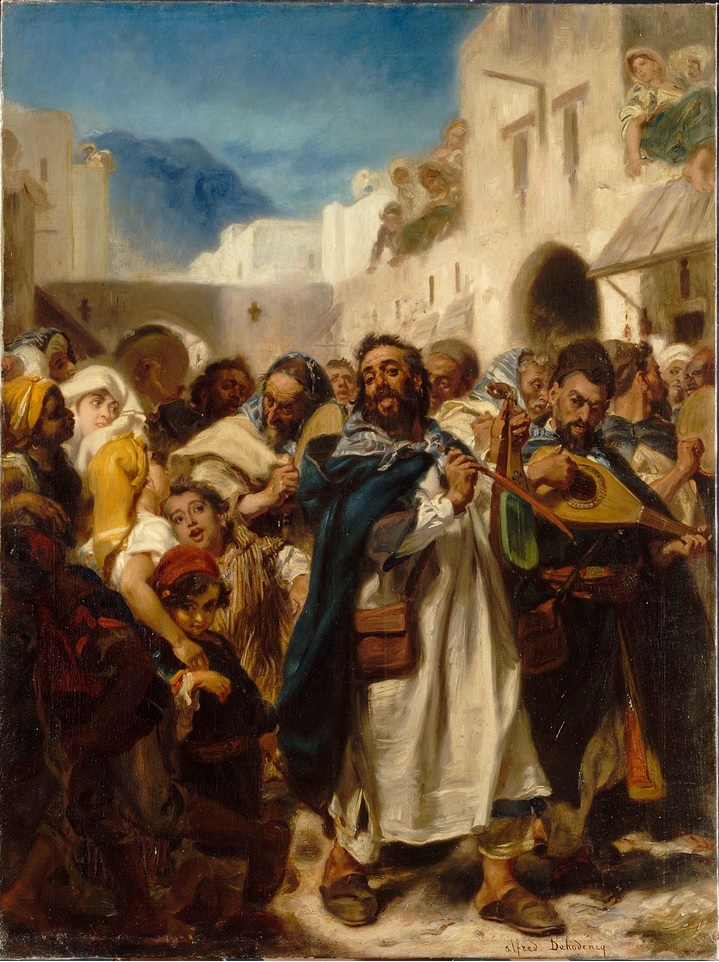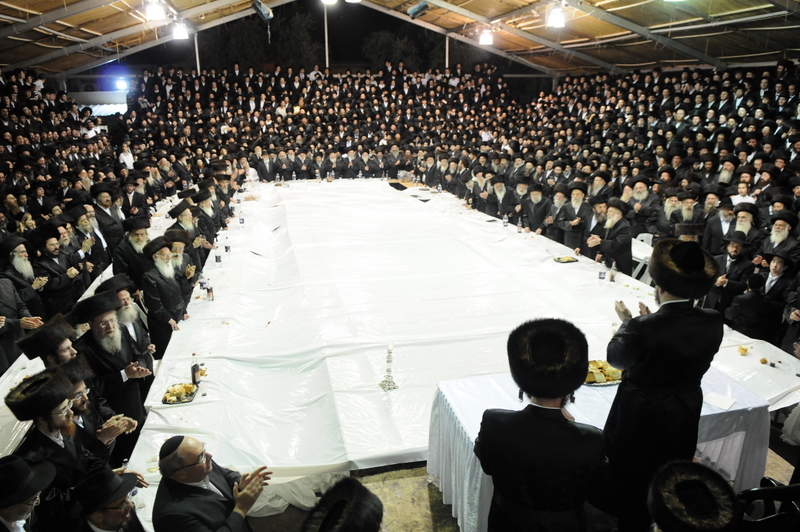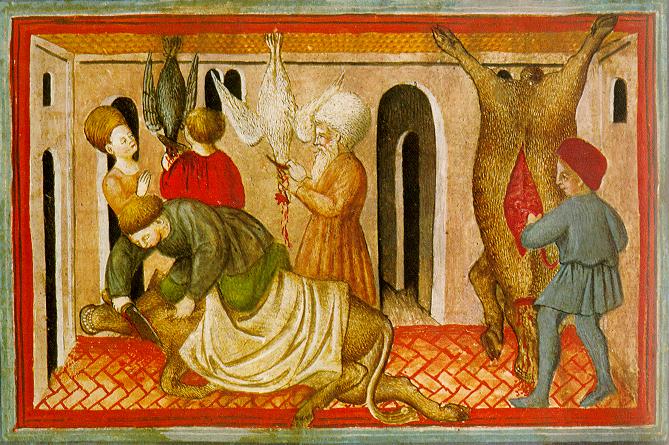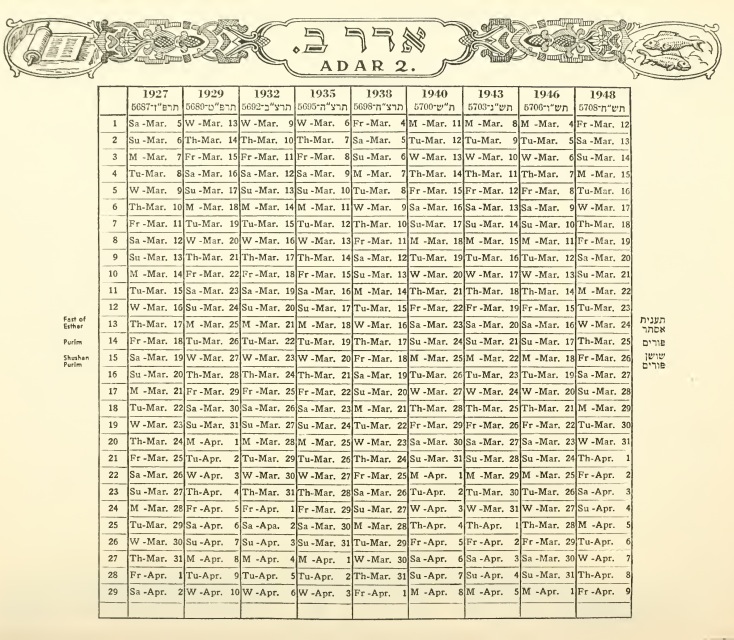|
Simla Hadasha
The ''Simla Hadasha'' (שמלה חדשה) is a compendium on the Jewish laws of ritual slaughter (Shechita). It was written by Rabbi Alexander Sender Shor in 1733. Author Rabbi Shor was the son of Rabbi Ephraim Zalman Shor, a direct descendants of Rabbi Joseph Bechor Shor of Orleans, one of the most famous of the French Tosafists. Even in his youth, Rabbi Alexander Sender Shor was the Chief Justice of the Rabbinic Court in the town of Hovniv directly outside of Lvov. While his work was published he lived in the town of Zelkava. Rabbi Shor died on Tuesday, January 29, 1737, or the 27th of Shevat in the Hebrew year 5497. His tombstone is still extant in the Jewish cemetery in Zelkava. Acceptance Use of the ''Simla Hadasha'' has become so ubiquitous that it has replaced the Shulchan Aruch as the definitive work on ritual slaughter. Any candidate who wishes to become a '' shochet'' (ritual slaughterer) is no longer tested by Rabbis on the laws found in the Shulchan Aruch—he is t ... [...More Info...] [...Related Items...] OR: [Wikipedia] [Google] [Baidu] |
Halakha
''Halakha'' (; he, הֲלָכָה, ), also transliterated as ''halacha'', ''halakhah'', and ''halocho'' ( ), is the collective body of Jewish religious laws which is derived from the written and Oral Torah. Halakha is based on biblical commandments ('' mitzvot''), subsequent Talmudic and rabbinic laws, and the customs and traditions which were compiled in the many books such as the ''Shulchan Aruch''. ''Halakha'' is often translated as "Jewish law", although a more literal translation of it might be "the way to behave" or "the way of walking". The word is derived from the root which means "to behave" (also "to go" or "to walk"). ''Halakha'' not only guides religious practices and beliefs, it also guides numerous aspects of day-to-day life. Historically, in the Jewish diaspora, ''halakha'' served many Jewish communities as an enforceable avenue of law – both civil and religious, since no differentiation of them exists in classical Judaism. Since the Jewish Enlightenment ... [...More Info...] [...Related Items...] OR: [Wikipedia] [Google] [Baidu] |
Yoreh De'ah
Yoreh De'ah ( he, יורה דעה) is a section of Rabbi Jacob ben Asher's compilation of halakha (Jewish law), Arba'ah Turim around 1300. This section treats all aspects of Jewish law not pertinent to the Hebrew calendar, finance, torts, marriage, divorce, or sexual conduct. (Nevertheless there exists occasional overlap into the excluded areas). ''Yoreh De'ah'' is therefore the most diversified area of Jewish law. Later, Rabbi Yosef Karo modeled the framework of his own compilation of practical Jewish law, the Shulchan Aruch, after the ''Arba'ah Turim.'' Many later commentators used this framework, as well. Thus, ''Yoreh De'ah'' in common usage may refer to an area of halakha, non-specific to Rabbi Jacob ben Asher's compilation. Topics include, but are not limited to: * Permitted and forbidden foods, * Circumcision, * Gentiles, * Foreign worship, * Prohibition against charging interest, * Oaths, * Converts, * Honoring parents, * Honoring scholars and the elderly, * Charit ... [...More Info...] [...Related Items...] OR: [Wikipedia] [Google] [Baidu] |
Pri Chadash
Rabbi Hezekiah da Silva (also Hezekiah Silva) (1659–1698) () was a Jewish author born in Livorno, Grand Duchy of Tuscany. He was the son-in-law of the dayan Mordechai Rafael Malachi. Biography Hezekiah Da Silva was born in 1659 in Livorno, Grand Duchy of Tuscany. Around the year 1679, at age 20, Da Silva left his native city for Jerusalem in then-Ottoman Syria (Damascus Eyalet), where he attended the yeshivah of Rabbi Moses Galante for ten years. In 1689, Galante died and Da Silva succeeded him as Rosh Yeshiva. He was sent to Europe to collect funds for Jerusalem. In 1691, when Da Silva was in Amsterdam, he received an offer to become the city's Sephardi rabbi, which he refused.Rabbi Gavin Michal (2018)"The Ban, Repeal, and Censoring of the Pri Chadash"/ref> Instead, he began the printing of his work ''Peri Chadash'' (), a commentary on the ''Yoreh De'ah''. Wealthy Amsterdam Jews offer to finance the publication. ''Peri Chadash'' was published in 1691 and immediately hailed ... [...More Info...] [...Related Items...] OR: [Wikipedia] [Google] [Baidu] |
Sephardi
Sephardic (or Sephardi) Jews (, ; lad, Djudíos Sefardíes), also ''Sepharadim'' , Modern Hebrew: ''Sfaradim'', Tiberian: Səp̄āraddîm, also , ''Ye'hude Sepharad'', lit. "The Jews of Spain", es, Judíos sefardíes (or ), pt, Judeus sefarditas or Hispanic Jews, are a Jewish diaspora population associated with the Iberian Peninsula. The term, which is derived from the Hebrew ''Sepharad'' (), can also refer to the Mizrahi Jews of Western Asia and North Africa, who were also influenced by Sephardic law and customs. Many Iberian Jewish exiles also later sought refuge in Mizrahi Jewish communities, resulting in integration with those communities. The Jewish communities of the Iberian Peninsula prospered for centuries under the Muslim reign of Al-Andalus following the Umayyad conquest of Hispania, but their fortunes began to decline with the Christian ''Reconquista'' campaign to retake Spain. In 1492, the Alhambra Decree by the Catholic Monarchs of Spain called for the expulsio ... [...More Info...] [...Related Items...] OR: [Wikipedia] [Google] [Baidu] |
Ashkenazi
Ashkenazi Jews ( ; he, יְהוּדֵי אַשְׁכְּנַז, translit=Yehudei Ashkenaz, ; yi, אַשכּנזישע ייִדן, Ashkenazishe Yidn), also known as Ashkenazic Jews or ''Ashkenazim'',, Ashkenazi Hebrew pronunciation: , singular: , Modern Hebrew: are a Jewish diaspora population who coalesced in the Holy Roman Empire around the end of the first millennium CE. Their traditional diaspora language is Yiddish (a West Germanic language with Jewish linguistic elements, including the Hebrew alphabet), which developed during the Middle Ages after they had moved from Germany and France into Northern Europe and Eastern Europe. For centuries, Ashkenazim in Europe used Hebrew only as a sacred language until the revival of Hebrew as a common language in 20th-century Israel. Throughout their numerous centuries living in Europe, Ashkenazim have made many important contributions to its philosophy, scholarship, literature, art, music, and science. The rabbinical term ... [...More Info...] [...Related Items...] OR: [Wikipedia] [Google] [Baidu] |
Hasidic
Hasidism, sometimes spelled Chassidism, and also known as Hasidic Judaism (Ashkenazi Hebrew: חסידות ''Ḥăsīdus'', ; originally, "piety"), is a Jewish religious group that arose as a spiritual revival movement in the territory of contemporary Western Ukraine during the 18th century, and spread rapidly throughout Eastern Europe. Today, most affiliates reside in Israel and the United States. Israel Ben Eliezer, the "Baal Shem Tov", is regarded as its founding father, and his disciples developed and disseminated it. Present-day Hasidism is a sub-group within Haredi Judaism and is noted for its religious conservatism and social seclusion. Its members adhere closely both to Orthodox Jewish practice – with the movement's own unique emphases – and the traditions of Eastern European Jews. Many of the latter, including various special styles of dress and the use of the Yiddish language, are nowadays associated almost exclusively with Hasidism. Hasidic thought draws heavil ... [...More Info...] [...Related Items...] OR: [Wikipedia] [Google] [Baidu] |
Moses Sofer
Moses Schreiber (1762–1839), known to his own community and Jewish posterity in the Hebrew translation as Moshe Sofer, also known by his main work ''Chatam Sofer'', ''Chasam Sofer'', or ''Hatam Sofer'' ( trans. ''Seal of the Scribe'', and acronym for ''Chiddushei Toiras Moishe Sofer''), was one of the leading Orthodox rabbis of European Jewry in the first half of the nineteenth century. He was a teacher to thousands, and a powerful opponent of the Reform movement in Judaism, which was attracting many people from the Jewish communities in the Austrian Empire, and beyond. As Rav of the city of Pressburg, he maintained a strong Orthodox Jewish perspective through communal life, first-class education, and uncompromising opposition to Reform and radical change. Sofer established a yeshiva in Pozsony (''Pressburg'' in German; today ''Bratislava'', Slovakia), the Pressburg Yeshiva, which became the most influential yeshiva in Central Europe, producing hundreds of future leaders ... [...More Info...] [...Related Items...] OR: [Wikipedia] [Google] [Baidu] |
Shulchan Aruch
The ''Shulchan Aruch'' ( he, שֻׁלְחָן עָרוּך , literally: "Set Table"), sometimes dubbed in English as the Code of Jewish Law, is the most widely consulted of the various legal codes in Judaism. It was authored in Safed (today in Israel) by Joseph Karo in 1563 and published in Venice two years later. Together with its commentaries, it is the most widely accepted compilation of Jewish law ever written. The '' halachic'' rulings in the ''Shulchan Aruch'' generally follow Sephardic law and customs, whereas Ashkenazi Jews generally follow the halachic rulings of Moses Isserles, whose glosses to the ''Shulchan Aruch'' note where the Sephardic and Ashkenazi customs differ. These glosses are widely referred to as the ''mappah'' (literally: the "tablecloth") to the ''Shulchan Aruch's'' "Set Table". Almost all published editions of the ''Shulchan Aruch'' include this gloss, and the term "Shulchan Aruch" has come to denote ''both'' Karo's work as well as Isserles', with Karo ... [...More Info...] [...Related Items...] OR: [Wikipedia] [Google] [Baidu] |
Ritual Slaughter
Ritual slaughter is the practice of slaughtering livestock for meat in the context of a ritual. Ritual slaughter involves a prescribed practice of slaughtering an animal for food production purposes. Ritual slaughter as a mandatory practice of slaughter for food production is practiced by Muslim and Jewish communities totaling nearly 25% of the world population. Both communities have similar religious philosophies in this regard. American scientist Temple Grandin has researched ritual slaughter practices and says that abattoirs which use recommended practices cause livestock little pain; she calls the UK debate over halal slaughterhouses misguided, and suggests that inhumane treatment of animals happens in poorly run slaughterhouses regardless of their halal status. The Farm Animal Welfare Committee (FAWC), which advises British government on how to avoid cruelty to livestock, on the other hand, says the way Jewish kosher and Muslim halal meat is produced causes severe suffer ... [...More Info...] [...Related Items...] OR: [Wikipedia] [Google] [Baidu] |
Hebrew Calendar
The Hebrew calendar ( he, הַלּוּחַ הָעִבְרִי, translit=HaLuah HaIvri), also called the Jewish calendar, is a lunisolar calendar used today for Jewish religious observance, and as an official calendar of the state of Israel. It determines the dates for Jewish holidays and the appropriate Torah reading, public reading of Weekly Torah portion, Torah portions, ''yahrzeits'' (dates to commemorate the death of a relative), and daily Psalm readings, among many ceremonial uses. In Israel, it is used for religious purposes, provides a time frame for agriculture, and is an official calendar for civil holidays, alongside the Gregorian calendar. The present Hebrew calendar is the result of a process of development, including a Babylonian calendar, Babylonian influence. Until the Tannaitic period (approximately 10–220 Common Era, CE), the calendar employed a new lunar phase, crescent moon, with an Intercalation (timekeeping), additional month normally added every two or ... [...More Info...] [...Related Items...] OR: [Wikipedia] [Google] [Baidu] |
Shevat
Shevat (Hebrew: שְׁבָט, Standard ''Šəvaṭ'', Tiberian ''Šeḇāṭ''; from Akkadian ''Šabātu'') is the fifth month of the civil year starting in Tishre (or Tishri) and the eleventh month of the ecclesiastical year on the Hebrew calendar starting in Nisan. It is a month of 30 days. Shevat usually occurs in January–February on the Gregorian calendar. The name of the month was taken from the Akkadian language during the Babylonian Captivity. The assumed Akkadian origin of the month is Šabātu meaning strike that refers to the heavy rains of the season. In Biblical sources, the month is first mentioned by this name in the book of prophet Zechariah ( Zechariah 1:7). Holidays in Shevat * 15 Shevat – Tu Bishvat Shevat in Jewish history and tradition *1 Shevat – Moses repeats the Torah (Deuteronomy 1:3) *2 Shevat ( circa 1628 BC) – Asher born *10 Shevat (1950) - Death of the Previous Rebbe, the 6th Chabad Rebbe. *10 Shevat (1951) the Lubavitcher Rebbe formally ... [...More Info...] [...Related Items...] OR: [Wikipedia] [Google] [Baidu] |





